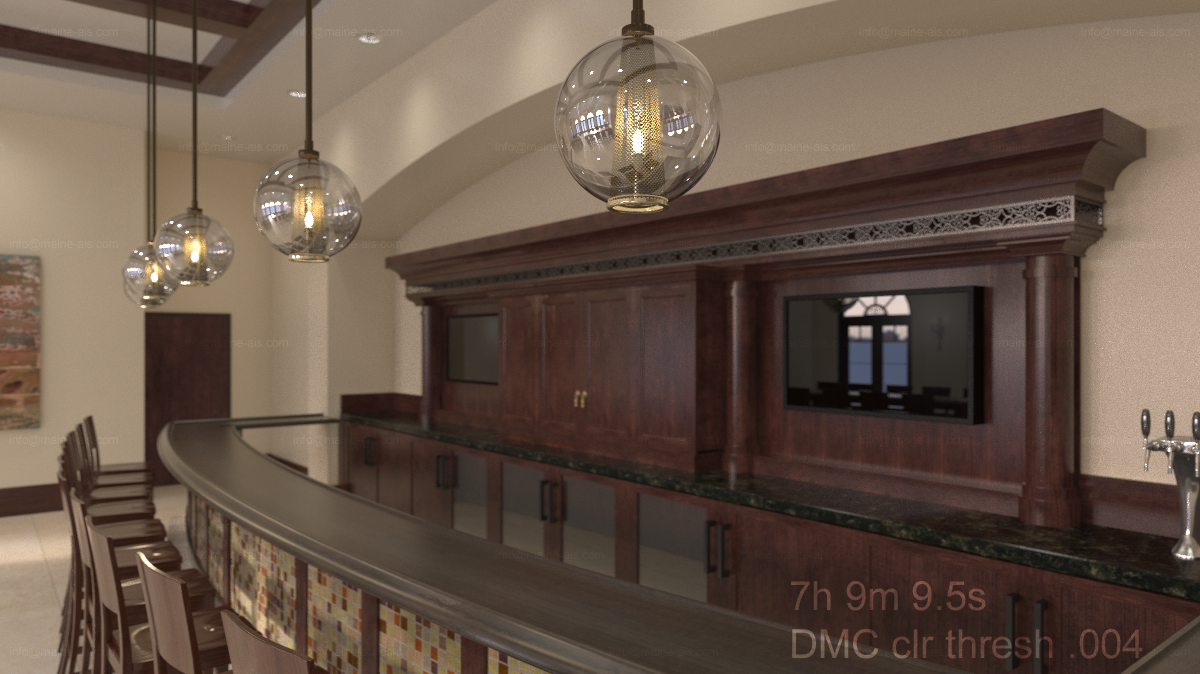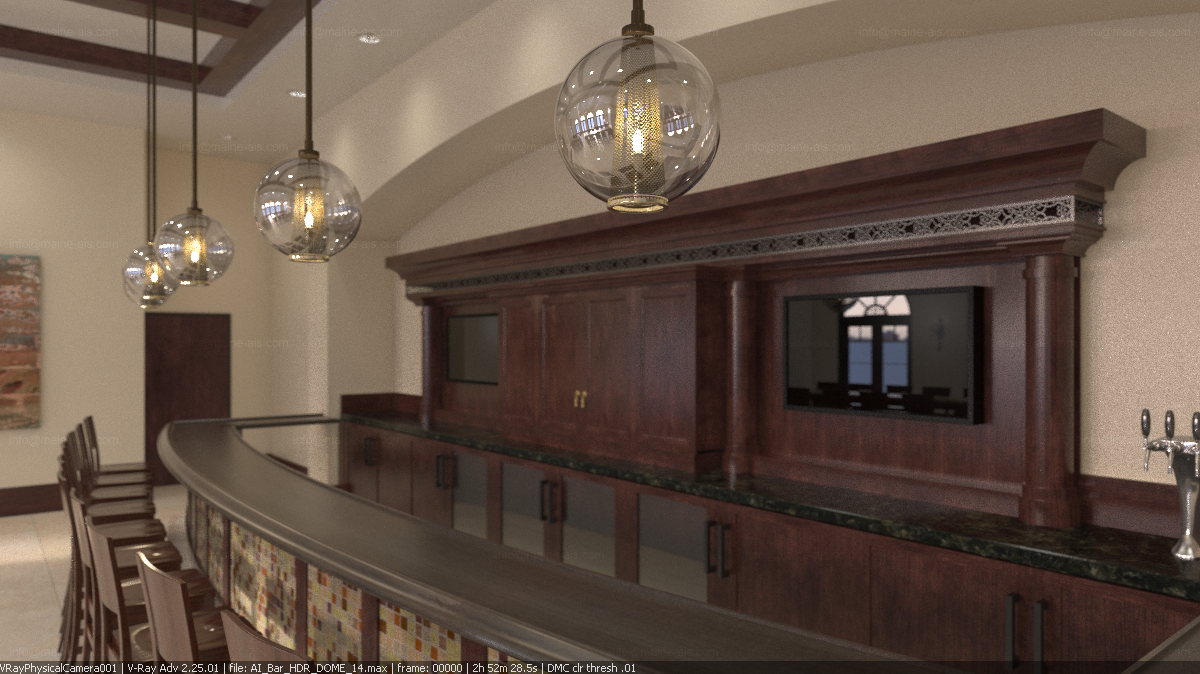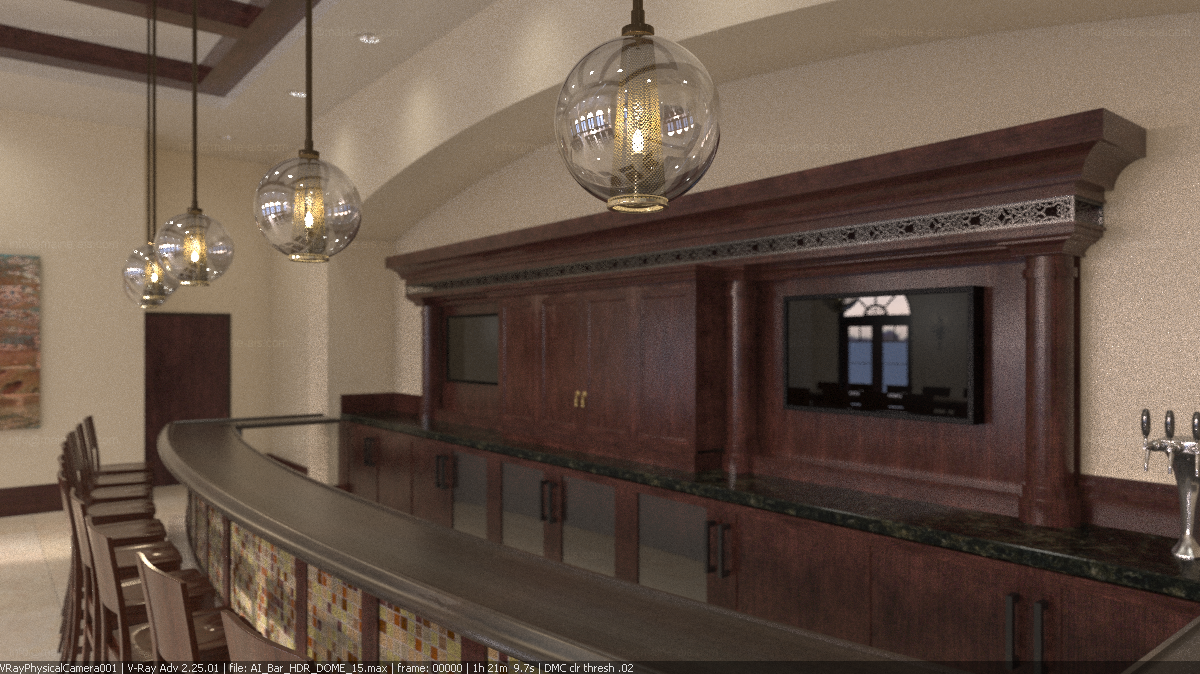Well, I have a few test I could upload if there is any interest...
They are from a working scene, so are not totally complete.
They are full materials applied, multiple Vraylights, VrayDomelight+HDR, vray DOF, opacity maps, vraylightmaterials, glass, vrayblendmtrl, tons of maps/textures, overall a good mix...
Oh, to clarify an earlier comment I made, I did not mean to say the Chicago scene is not a "real" one, I just meant one with materials, etc. working scene with client's specs.
They are from a working scene, so are not totally complete.
They are full materials applied, multiple Vraylights, VrayDomelight+HDR, vray DOF, opacity maps, vraylightmaterials, glass, vrayblendmtrl, tons of maps/textures, overall a good mix...
Oh, to clarify an earlier comment I made, I did not mean to say the Chicago scene is not a "real" one, I just meant one with materials, etc. working scene with client's specs.





Comment